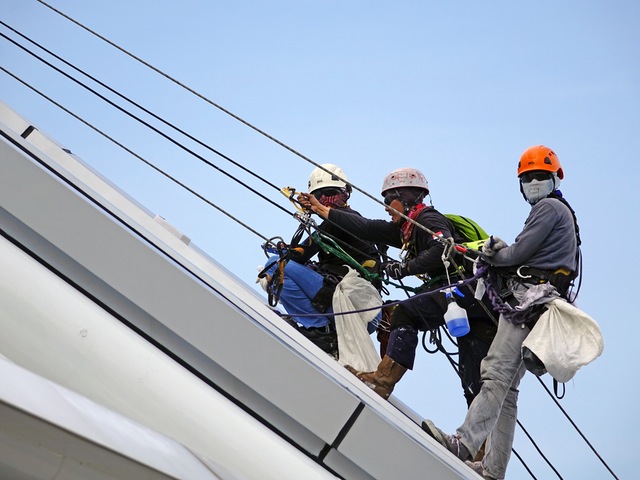Making sure you provide the right health and safety for your employees is a legal requirement in business. But it should involve a lot more than purchasing the right employee insurance, purchasing first aid kit and showing staff the company fire exits.
Here are some key points to consider from FSB H&S Advice service to make sure you provide the best health and safety for your staff.
 Health and safety policy
Health and safety policy
Every business must have a health and safety policy for its staff to follow. If your company consists of five or more employees, you should have this written down. Staff should have access to your policy, whether it’s displayed in the office or uploaded onto your company intranet.
Your policy should include a statement of your general policy on health and safety in the workplace. It should also highlight your health and safety aims and how you plan to achieve them.
Risk assessments
Conducting a risk assessment involves identifying measures to control hazards and risks in your workplace to ensure the safety of your staff. This includes checking what could harm them when doing their jobs and making sure you have the precautions in place to stop those accidents from happening.
For instance, you could identify a potentially slippery floor, a dimly lit warehouse, some overloaded plug sockets, or heavy boxes piled dangerously high in your stock room. Risk assessments can also help you identify what facilities and equipment you might need – see below.
Facilities
When running any business, it’s important that you provide your staff with the right facilities to do their daily jobs safely. Your facilities should be safe and clean for all employees to use during their working hours. This ranges from providing clean toilets and drinkable water to sufficient lighting and anti-slip flooring.
You should also make sure you have sufficient signage to warn of potential hazards, concerning your facilities, whenever necessary. This could include signs to warn of a wet and slippery floor or a damaged pipe that’s polluting your drinking water.
Equipment
You should also provide staff with the right equipment to do their jobs safely. Depending on your company, this could include protective or high-visibility clothing, guards for machinery, and safety goggles, helmets, gloves and boots.
Again, it’s important to fit signage to those areas in your company where equipment should be used or worn. For instance, a sign fitted by some machinery to remind staff to wear their safety goggles.
Training
You should also provide your staff with sufficient training to make sure they follow the right procedures and use machinery and equipment correctly. This could include doing a demonstration, providing documents, or showing a video.
Training should be used to make sure they carry out their job processes correctly, such as the safest way to carry stock or what to do in the event of a fire. In providing a first aid kit and accident report book, you should also make sure they know where they are kept, how to use them, and what to do in the event of an injury.
Listening and cooperating
Finally, it’s important to listen to your staff and make sure they cooperate. They are the ones doing the work, so they can be the best people to understand all the risks involved in their jobs. It’s therefore a good idea to involve them in your health and safety discussions and decisions.
It’s also important for your staff to know that health and safety at work is a two-way process. You should make sure they know they have a duty to take care of their own, and their colleagues’, health and safety. Ensuring they know the importance of following any training you give them, along with your company rules and health and safety policy, can only benefit your health and safety further.
